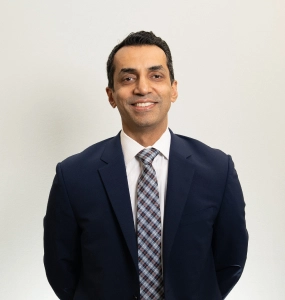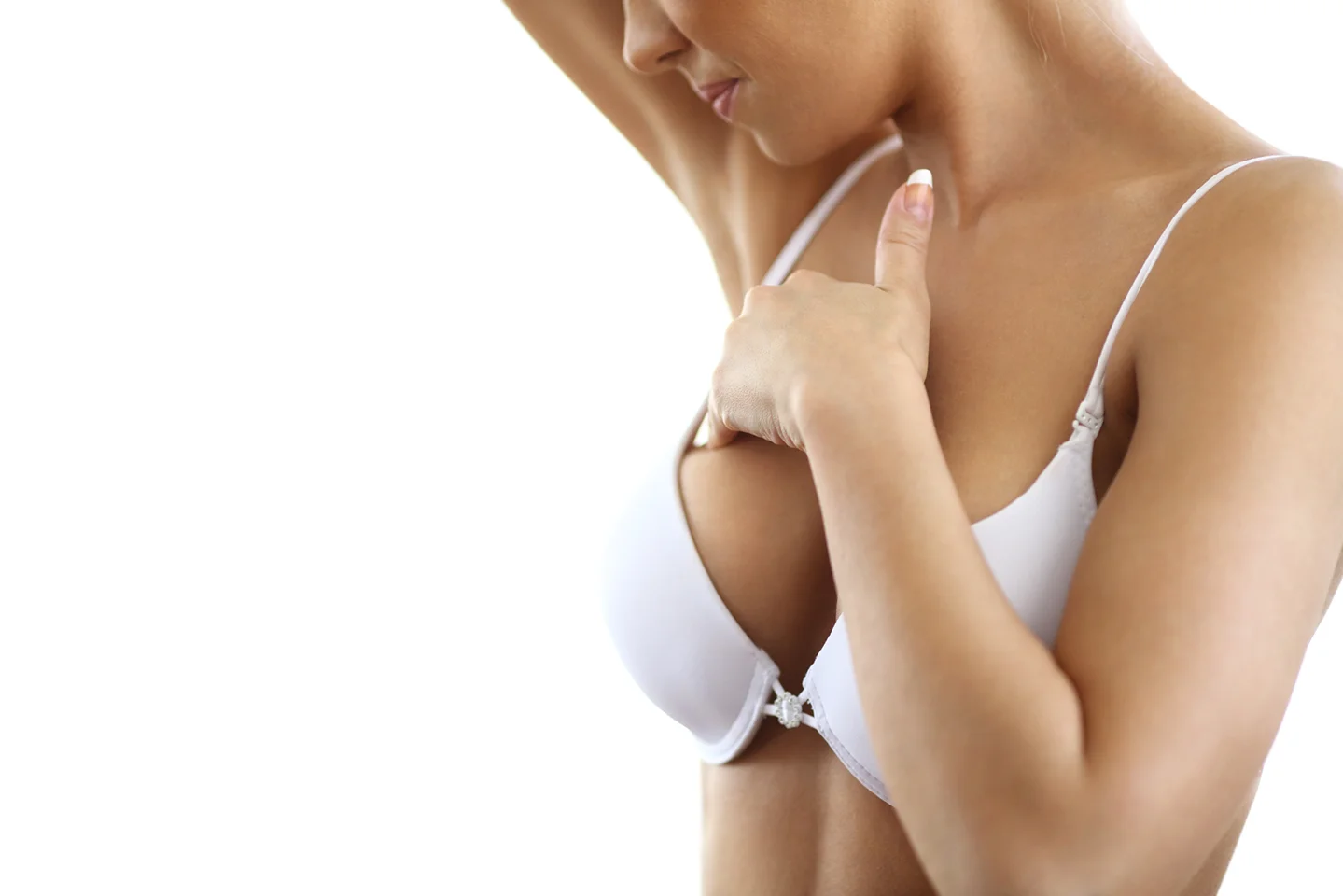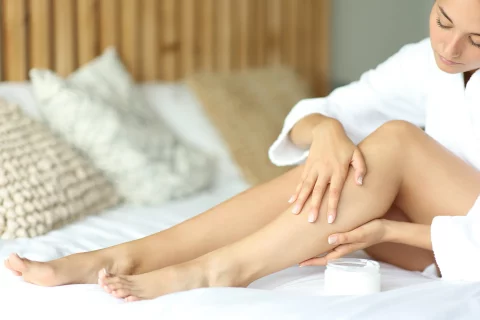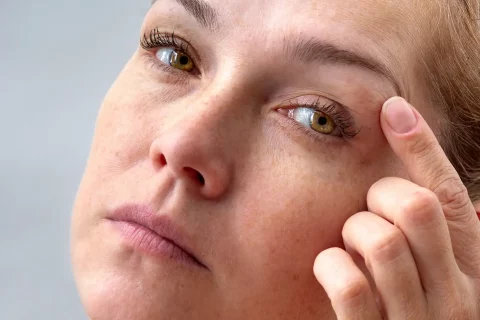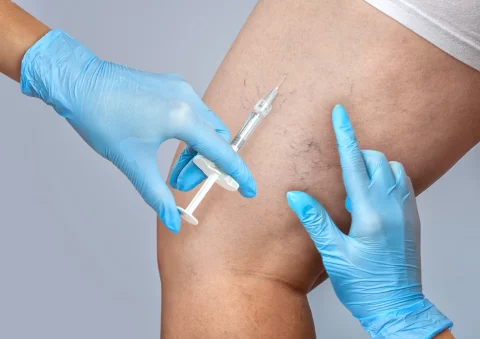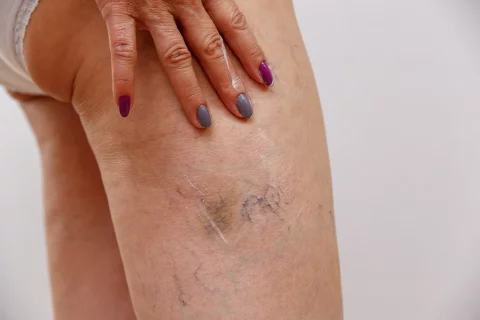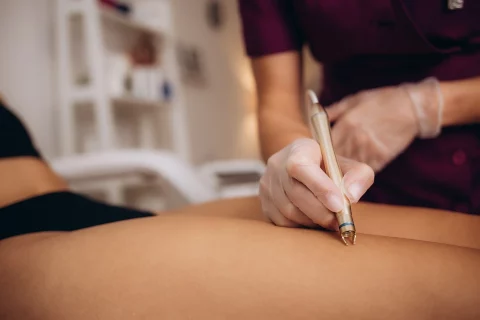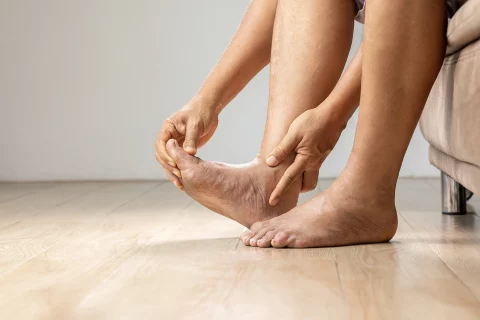Telangiectasias and Breast Cancer: Understanding the Link
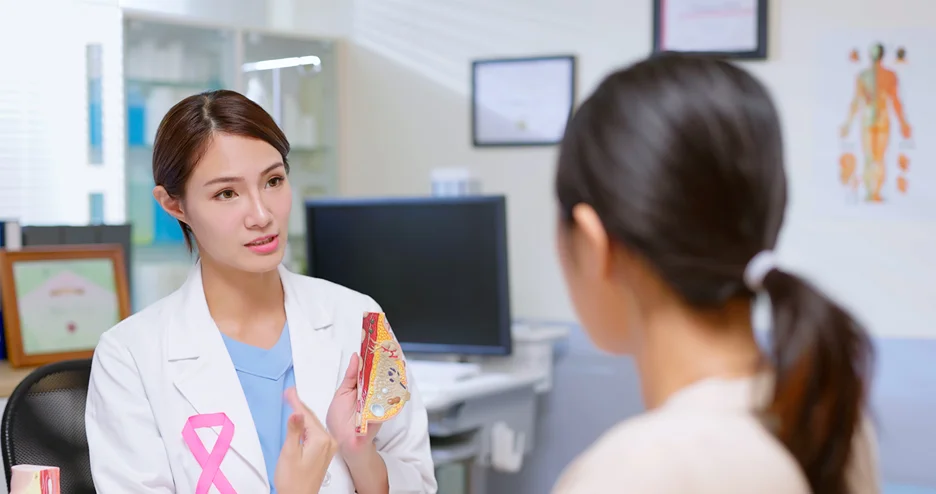
Spider veins, those small, web-like clusters of red, blue, or purple veins that appear close to the skin’s surface, are a common concern for many people. While often considered a cosmetic issue, their appearance on the breast can sometimes raise concerns about a possible link to breast cancer.
This article, based on a review of medical research papers and information from reputable medical websites, discusses the relationship between spider veins and breast cancer, exploring the potential causes of spider veins on the breast, addressing whether they are a common symptom of breast cancer, and outlining when it’s crucial to consult a doctor.
Living with unwanted veins is a thing of the past, when you can simply schedule a free consultation with Vein Center Doctor and find your ideal solution today.
What are Spider Veins?
Spider veins, medically known as telangiectasias, are tiny dilated blood vessels that occur when the valves within the veins weaken . These weakened valves allow blood to flow backward and pool, causing the veins to become enlarged and visible through the skin. While they can appear anywhere on the body, they are often found on the legs and face, and sometimes on the breasts.
Spider Veins on the Breast: Potential Causes
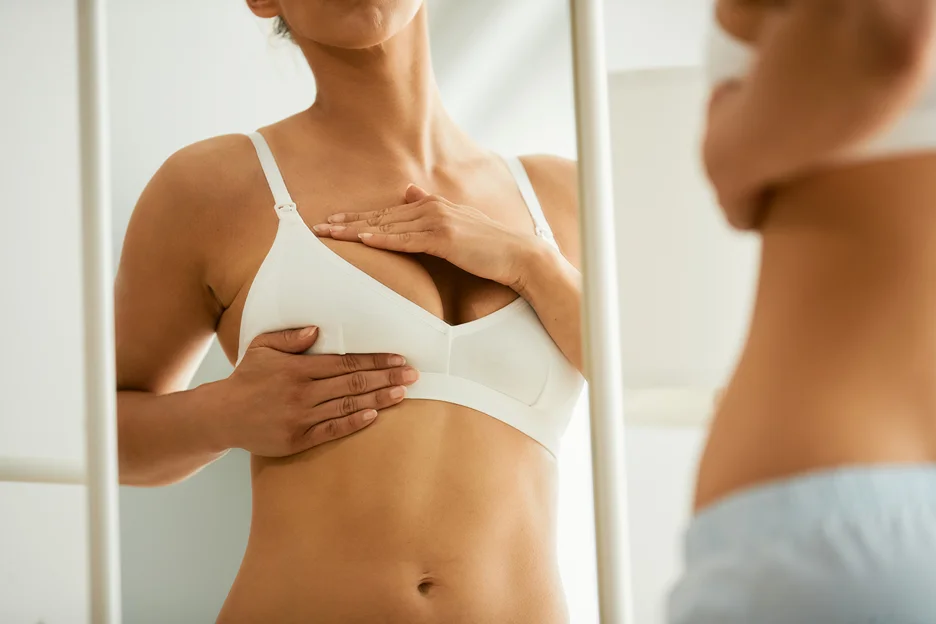
Several factors can contribute to the development of spider veins on the breast. These include:
- Hormonal Changes: Fluctuations in hormone levels, such as those experienced during pregnancy, menstruation, and menopause, can increase blood flow to the breasts and cause veins to become more prominent. Oral contraceptives and hormone replacement therapy may also contribute to their formation.
- Increased Blood Flow: Pregnancy and breastfeeding can lead to increased blood flow to the breasts as the body nourishes the baby and produces milk, making veins more noticeable.
- Aging: As we age, our skin becomes thinner, making the veins underneath more visible.
- Genetics: A family history of vein problems can increase the risk of developing spider veins.
- Skin Conditions: Certain skin conditions, like dermatoporosis, can cause skin fragility and make veins more apparent.
- Trauma or Injury: Injury to the breast can cause bruising and damage to blood vessels, leading to the appearance of spider veins. This can sometimes occur during breastfeeding.
- Breast Surgery: Breast augmentation can cause veins to become more visible.
- Mondor’s Disease: This rare condition involves inflammation of the veins in the breast or chest wall, making them appear as a cord-like structure under the skin. While usually benign, it can sometimes be associated with breast cancer.
- Weight Gain: Increased body weight can put more pressure on veins, increasing the likelihood of developing spider veins.
Spider Veins and Breast Cancer: Is There a Link?
While spider veins themselves are not a direct symptom of breast cancer, in some cases, their presence can be associated with the disease. One way this can occur is when a tumor draws more blood to itself, causing nearby veins to become more prominent. It’s crucial to remember that spider veins on the breast are much more likely to be caused by benign factors like hormonal changes or aging than by breast cancer.
One study found that the occurrence of spider veins in breast cancer patients was associated with hormonal risk factors for the disease, such as the use of oral contraceptives and hormone replacement therapy. However, the study also noted that spider veins were not present in patients with comedo breast cancer, a type of invasive ductal carcinoma.
Radiation therapy for breast cancer can also cause telangiectasias, also known as spider veins. In some cases, prominent veins on the breast can be a symptom of inflammatory breast cancer, a rare but aggressive type of breast cancer. It’s important to note that certain chemotherapy drugs used to treat breast cancer, such as tamoxifen, can damage veins and increase the risk of blood clots.
Maintaining good vascular health is particularly important for cancer patients, as cancer and its treatments can sometimes affect the circulatory system. This can include an increased risk of blood clots and other vascular complications.
It’s crucial to differentiate between spider veins and other concerning signs that may warrant medical evaluation. Sudden breast swelling, pain, or changes in breast shape should be promptly investigated to rule out more serious conditions, including breast thrombosis or malignancies.
When to Consult a Doctor
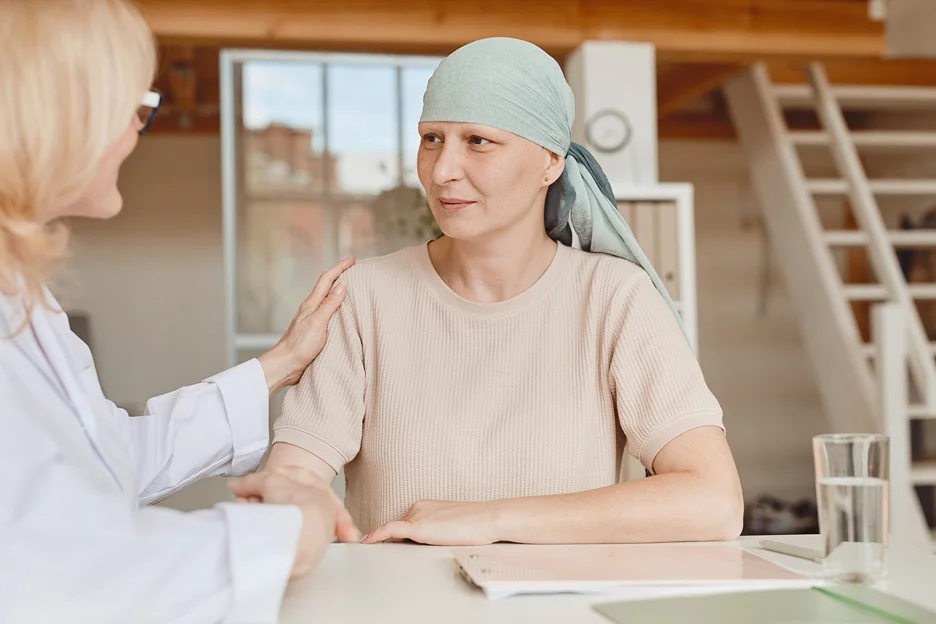
While spider veins on the breast are usually harmless, it’s essential to be vigilant and seek medical advice if you notice any of the following:
- Changes in the breast: Any changes in the shape, size, or skin texture of the breast, such as dimpling, redness, or a peau d’orange (orange peel) appearance, should be reported to your doctor.
- Veins near skin changes: If you notice prominent veins near any other changes in the breast, it’s crucial to seek medical attention.
- Pain or discomfort: While spider veins are typically painless, any pain or discomfort in the breast should be evaluated by a doctor.
- New or rapidly growing veins: If you notice new spider veins or existing ones that are rapidly growing or changing, consult your doctor.
- Swollen or red veins: If a vein appears swollen, red, or feels warm or tender to the touch, it could be a sign of a blood clot and requires immediate medical attention.
Conclusion
Spider veins on the breast are a common occurrence, often caused by factors like hormonal changes, aging, or genetics. While they can sometimes be associated with breast cancer, particularly inflammatory breast cancer or as a side effect of radiation therapy, they are not a typical symptom of the disease.
It’s important to be aware of the various causes of spider veins on the breast and to remain vigilant about any changes in your breasts. If you have any concerns, consult your doctor for proper evaluation and guidance. Regular breast self-exams and mammograms are also crucial for early detection and prevention of breast cancer.
Find exactly what you need to get rid of your vein-related problems. Dr. Sood and the rest of our team at Vein Center Doctor are ready to help: schedule your free consultation today.
